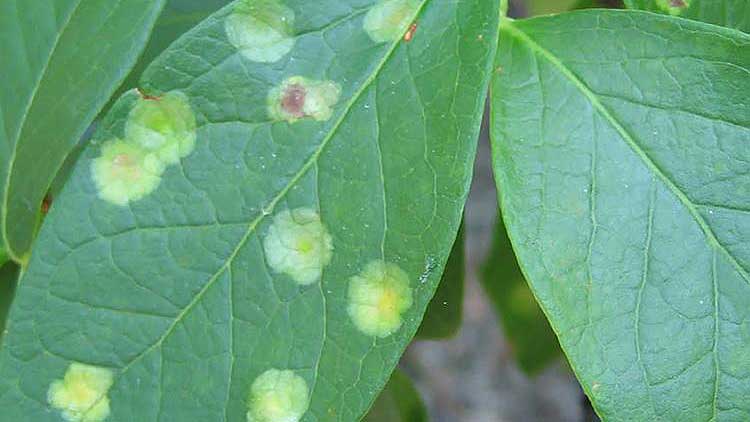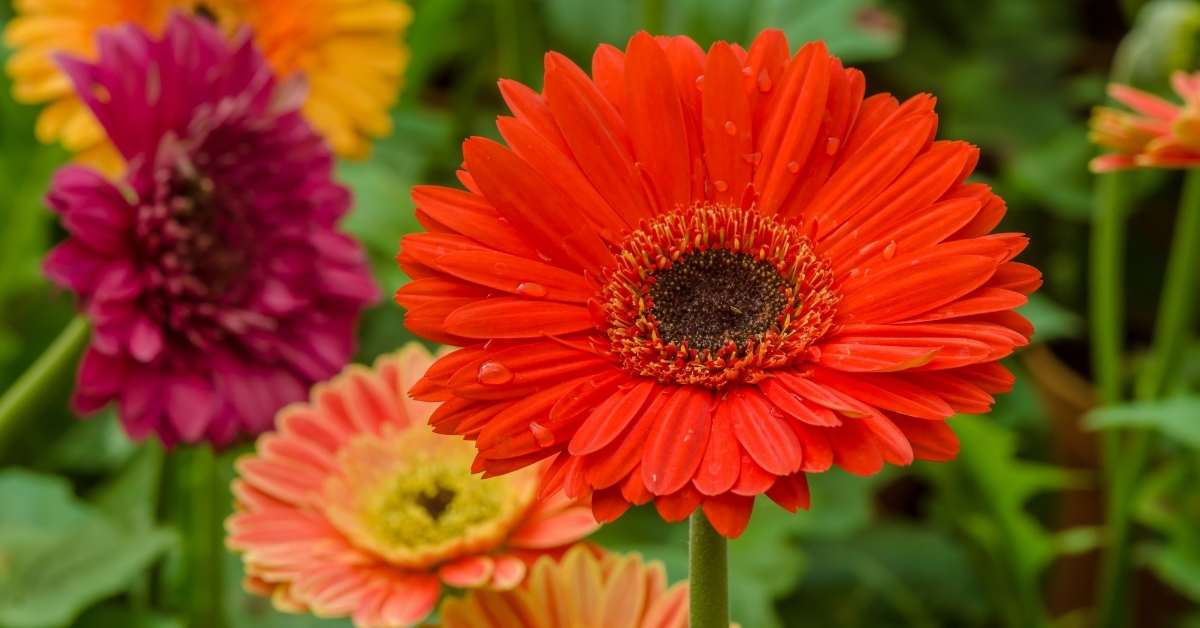Pygmy Drosera Gemmae (sundews) is the only genus in the drosera family that can develop gemmae as a reproductive organ. They are genetically identical to the parent plant’s buds, which are 1-2mm in diameter and form towards the plant’s core.
These plants reproduce asexually through gemmae. Plants of the pygmy drosera genus can yield thousands of gemmae every year.
Occasionally, they are made in more than two batches.
The gemmae are generated in late autumn and early winter, which corresponds to a period of the year when their native habitat provides ideal growth circumstances.
The rains will then disperse the gemmae, which is necessary so that the new plants do not all begin to develop in the same place.
In the coming days, the gemmae will send out tiny roots, which will be followed by little leaves. A mature plant emerges about six months after starting off as gemmae.
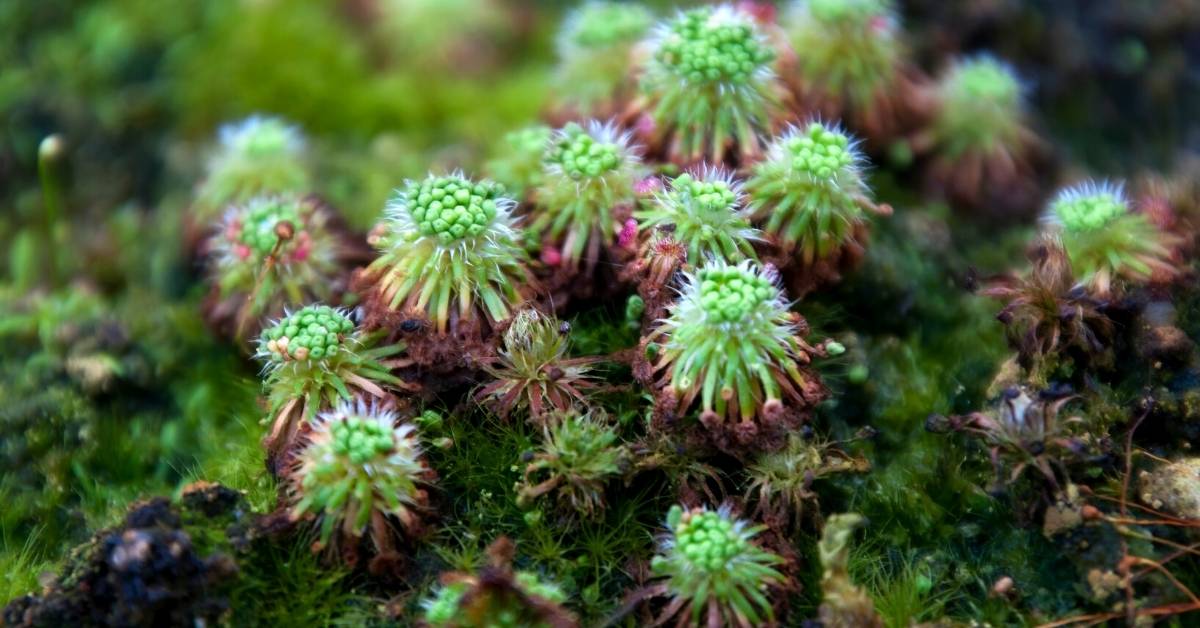
Pygmy Drosera Gemmae facts
- Gemmae are modified leaves.
- Dry conditions don’t seem to bother Gemmae because they appear to have a protective layer that dissolves when they’re wet.
- Upon reaching maturity, gemmae separate from the pygmy drosera’s core rosette and form an orderly arrangement with a certain amount of tension between them.
- The stipules that surround and underlie them aid in alleviating the strain.
- The tension between the gemmae is released when raindrops fall on them. This causes certain gemmae to be flung several meters away from the main plant.
- The growth of the gemmae begins after the coating is removed; otherwise, the gemmae are dormant and can remain thus for up to a month.
- Gemmae can survive for up to a month without being planted, even when growth is taking place.
- Like certain seeds, each gemma contains a reserve of energy for the growing plant.
- A single pygmy drosera can multiply at an incredible rate through gemmae if the conditions are favorable for it to do so. Even under perfect conditions, a single pygmy drosera plant can grow enough plants to cover the entire planet’s surface in around 10 seasons’ worth of time.
- Pygmy drosera populations can recover relatively quickly if they are allowed a few favorable growing seasons.
- Gemmae are the plant’s clones.
- Pygmy drosera’s survival strategy relies heavily on gemmae, which take advantage of favorable conditions to reproduce and spread further.
- In the pygmy drosera family, each species has its own set of gemmae.
- Gemmae are produced by a wide range of plants, including carnivorous ones like Pinguicula.
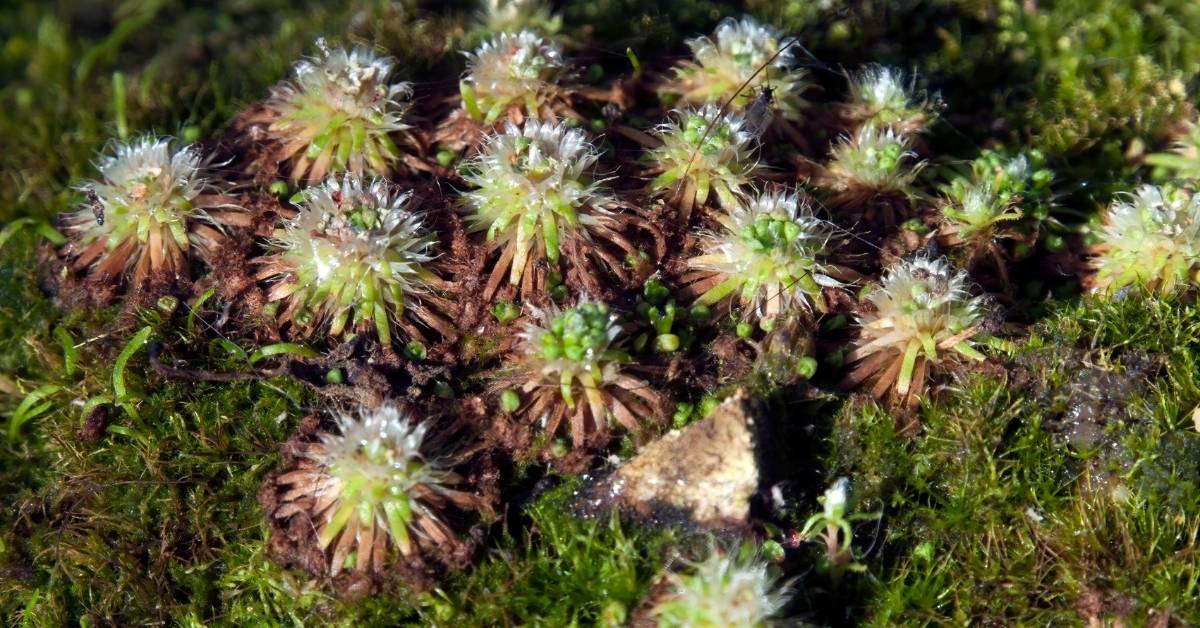
Pygmy Drosera Cultivation
The methods outlined below have been developed through a combination of trial and error and collaboration with a wide range of Australian growers.
They grow best when treated as annuals with no dormancy period in cultivation. However, this isn’t a requirement for the majority of species that live in natural habitats where development slows, or hibernation occurs. Most species are likely to be able to live in cultivation for several years before going into dormancy as well.
If you’re looking to grow D.Meristocaulis, these tactics will probably not work because it requires comparable environmental conditions to Heliamphora.
A minimum of 3 inches in diameter is required for pots that are no larger than 5 inches in diameter. Since the roots of Pygmy Drosera are lengthy, larger pots will result in better plants. It is also vital to use bigger containers in hot weather since they keep the temperature more stable.
Light: from half-sun to full-sun.
Plants get smaller and redder as exposure to sunlight increases.
Water: Use only high-quality rainwater if possible.
Watering Once a day, gently mist the top of the pot with water to keep it moist. Alternatively, the pot can be kept submerged in about 1cm of water at all times; however, this is less effective than the prior method.
Some plants benefit from a one-week gap between waterings throughout the summer when the pot is dried out twice or three times. It’s not necessary, and the plants must be at least 5 inches tall for this to work.
Otherwise, they will perish. D.Pulchella and D.Occidentalis, two species of pygmy drosera that prefer it more humid conditions, are exceptions.
Humidity: Pygmy Drosera likes it best when it’s humid, so aim for a humidity level of about 50%.
Compost is a loose peaty mixture that includes things like washed sand or perlite, as well as good sphagnum peat. Treatment of the species individually and adjusting the sand ratio in the mix according to the species’ preferences yield better outcomes.
D.Barbigera, for example, thrives in laterite-type soils. Trichoderma, a biological fungal control, has been demonstrated to be advantageous when added to compost.
Environmental conditions similar to those of Perth, Australia’s Mediterranean region: (Linked climate data copyright by Australian Bureau of Meteorology). Summers are hot and dry, while winters are cold and damp.
Winter photoperiod is 10 hours; summer photoperiod is 14 hours.
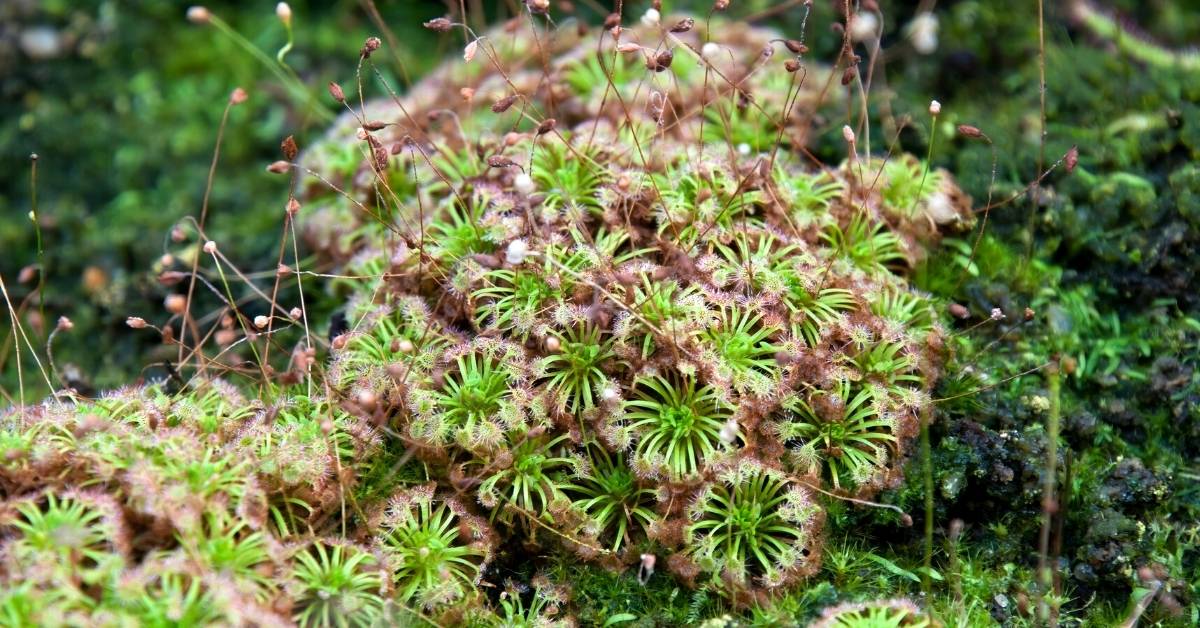
Propagating Gemmae
As with mature pygmy drosera, gemmae are scattered on the compost surface in pots. Plant the larger gemmae (e.g., Silvicola, Sewelliae, Scorpioides) with the pointy end in the soil for a better strike rate. Apart from one point, they are handled like adult pygmy drosera.
They should be misted every day until they form their first leaves. Plant your gemmae as early as possible, preferably a month before midwinter, since this will result in much larger plants than those from gemmae planted 3-4 weeks later or even longer. This can frequently imply the difference between a plant blossoming or not in a given year.
When germinating seeds, it’s important to remember that some gemmae will form what appears like an aerial root a week or so after germination. This is because the root has been unable to locate a suitable location in the soil to dig in. To save gemmae, carefully bury the root in the compost, ensuring the main green portion remains exposed. Otherwise, that particular plant may die.
Seed
Seed propagation is a lot more complicated. Some species germinate readily from seeds, such as the D.Pygmae complex and D.Omissa (D.Ericksonae).
Several species, however, don’t. Allowing the seeds to sit in the hot sun for the whole of the summer and treating them with smoke may be beneficial. In order to generate a seed, many species require a second clone, which makes it difficult to obtain new seedlings. Sow the seeds in the early Autumn on established pygmy drosera compost for maximum results.
Decapitation
Decapitate and plant the tops of some tall-growing species, such as D.Scorpioides. Aerial roots and good health are required for this to work. Decapitation, for example, is generally not a good idea immediately after the formation of gemmae. The first few weeks should be spent watering well and maintaining high humidity as with mature pygmy drosera.
Leaf cuttings
Some pygmy drosera seems to respond well to these. Choose a young, mature leaf and cut near to the leaf’s base for optimal results. Use sphagnum moss as a base and insert the cut end gently into the moss. Keep moist and out of direct sunlight.

Alternative cultivation
If you are lucky enough to live in a Mediterranean climate, then you can cultivate some pygmy Drosera, mostly without water. They can be grown outdoors under the elements in bright shade in pots and compost as above. Full sun in such conditions is usually just too harsh.
Also, you definitely need the larger pots for this method as the plants will need large roots to survive the drier conditions. Once the plants are established, there is no need for artificial watering. They will get enough moisture from the rain. It helps if you put a tray underneath the pot, but it is not essential.
This technique will not work if you move plants out from a watered tray in summer, as the plants will not be accustomed to drier conditions. It is best to move the plants outside before late spring. Pictured below is Drosera Omissa (D.Ericksonae), grown over spring and summer outdoors without any artificial watering.
This pygmy is particularly well suited to this sort of thing. The plant survived for weeks without any rain and through several dry 40+ degree celsius days. Although not as large as the others in the water trays, it flourished, producing several flowers. It almost always had mucilage on its traps, even on the hottest and driest days.
The compost in the pot seemed almost always bone dry, although there would probably have been some moisture toward the bottom of the pot. The plant also seemed to obtain moisture from morning dews. With this method, there is minimal salt build-up which means you can leave the plants in the pots much longer than you would with the tray watering technique.
Also, this method has more losses, and some types of pygmies will do a lot better than others. The watered tray technique is probably the most common technique in use to cultivate pygmy drosera.
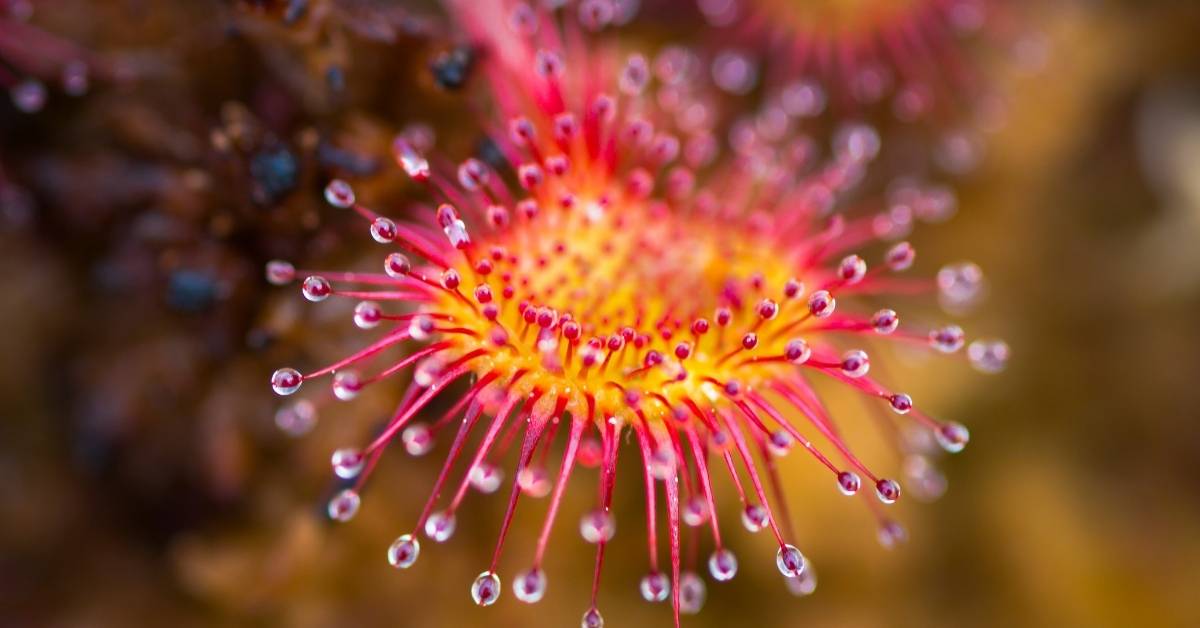
Pygmy Drosera life cycle
Autumn
Life begins in late Autumn from seed or gemmae. This also corresponds with a time of the first significant rains for the year and a cooling in the weather. The days are mild and the nights cool. The young pygmy drosera has good conditions for growth with plenty of moisture, warmth, and sunlight.
Growth is rapid when you consider the size of the plant, the plant doubling in size every few weeks or so. At first, the model of growth that occurs with a gemma is the main root lengthens, penetrating the soil. Once it finds a hold in the compost, the leaves start to grow one after another.
The energy stores within the gemma are gradually used up, and it shrivels and eventually dries as the young plant becomes fully established.
Winter
Rapid growth continues throughout winter. Many new leaves are produced, and underground the main root is lengthening dramatically in preparation for drier conditions ahead. The tiny leaves are efficient traps already and catch numerous insects giving the plants a significant dose of nutrients to help with growth.
Nighttime temperatures may occasionally go just below 0 degrees celsius, but the young plants don’t mind. Typical daytime temperatures are around 14 degrees celsius.
Spring
Rapid growth continues as the plant gets to full size; in fact, the young plants grow most rapidly with warm, sunny, moist conditions. For many species, flowering occurs toward the end of spring if all has gone well.
Summer
Growth slows down as conditions become drier and much warmer. Seed is formed and dispersed. Flowering may be extended if the conditions are favorable with more moisture than usual. For some species growing in drier areas, dormancy occurs with few if any leaves on the plant.
In that case, the plant exists as a white shiny stipule bud that contains the sensitive central living part of the plant within. The stipule bud shades the center of the plant and keeps it from desiccating and overheating. Often under the intense summer sun, the sand surrounding the pygmy drosera may get hot enough to fry an egg.
These plants can tolerate a lot of heat but are also insulated from the hot sand by a layer of dead leaves. For species growing in a wetter environment, flowering may continue throughout summer. Leaf production still occurs, but the plant does not increase in size much.
Autumn year 2
When significant rains arrive, leaf production begins again, and later on, dozens of gemmae are produced at the center of the plant instead of leaves. Temperature also is a significant factor affecting when gemmae production begins. The rain disperses the next generation of pygmy drosera in the form of gemmae.
Winter year 2
It’s the time when the plant recovers from the taxing gemmae production. Leaves are produced and insects caught. For at least some species, a new summer root grows to replace last year’s one.
Spring year 2
The 18-month-old plant is similar in size to the next generation of pygmy sundews and follows the same life cycle as them from now on. Life may go on for many more years depending on various factors, including weather, animal attack, fungus, fires, and growth of nearby vegetation.
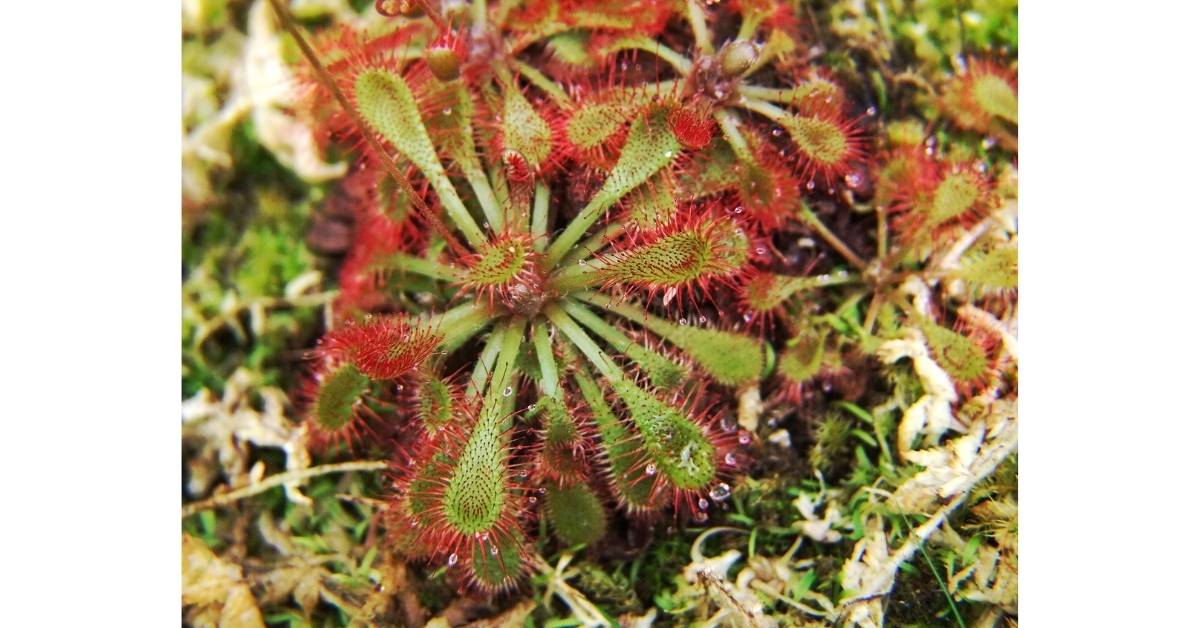
Effect of global warming on pygmy drosera
Many wild pygmy drosera populations are being put under stress due to increasing temperatures and changing rainfall patterns in Australia. The plants are well adapted to cope with challenging conditions, but numbers seem to decrease. One of the main methods of propagation in the wild is with gemmae.
The recent higher temperatures have meant gemmae have been produced later in the year, giving the resulting plants less time to develop before the summer. Also, the cooler, wetter part of the year is now shorter making things more difficult as well.
Some cultivated pygmy drosera plants in Southern Australia have been observed to keep flowering right through to gemmae production and winter. Perhaps this can be attributed to the changing weather patterns.
There is little doubt now that wild populations of Drosera Pygmae in South East Australia have declined due to some of their habitat drying out.
